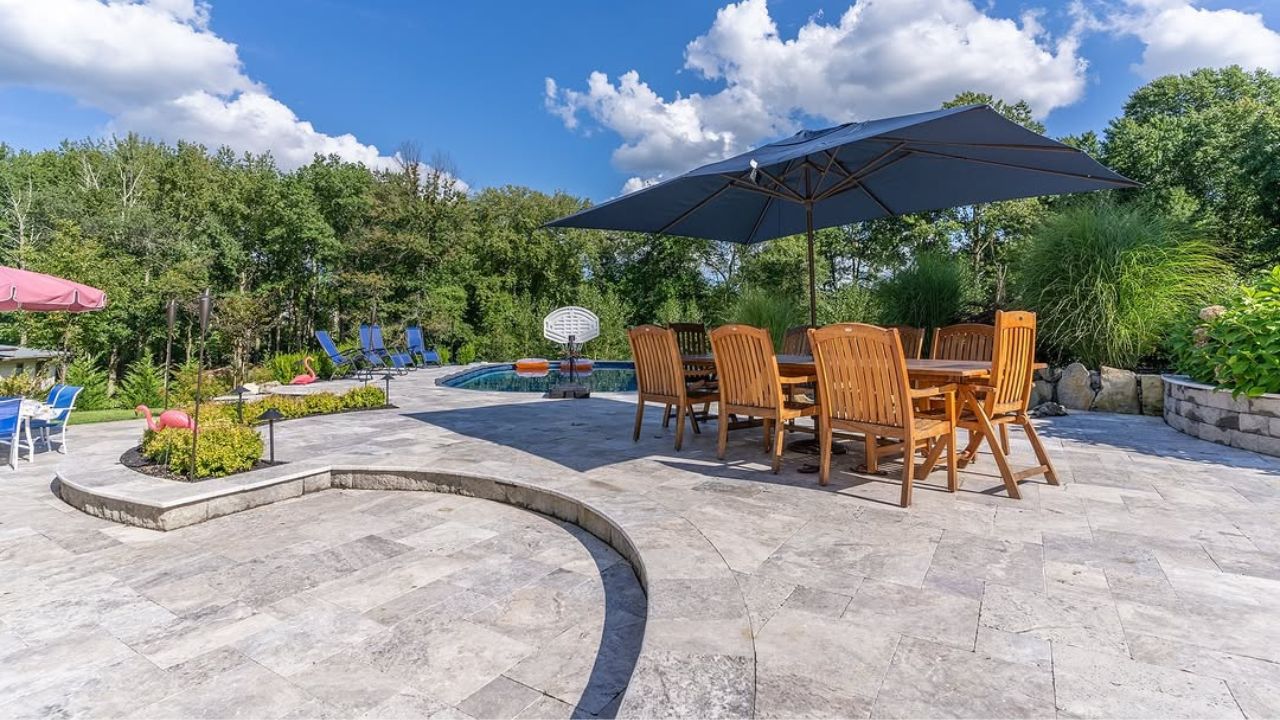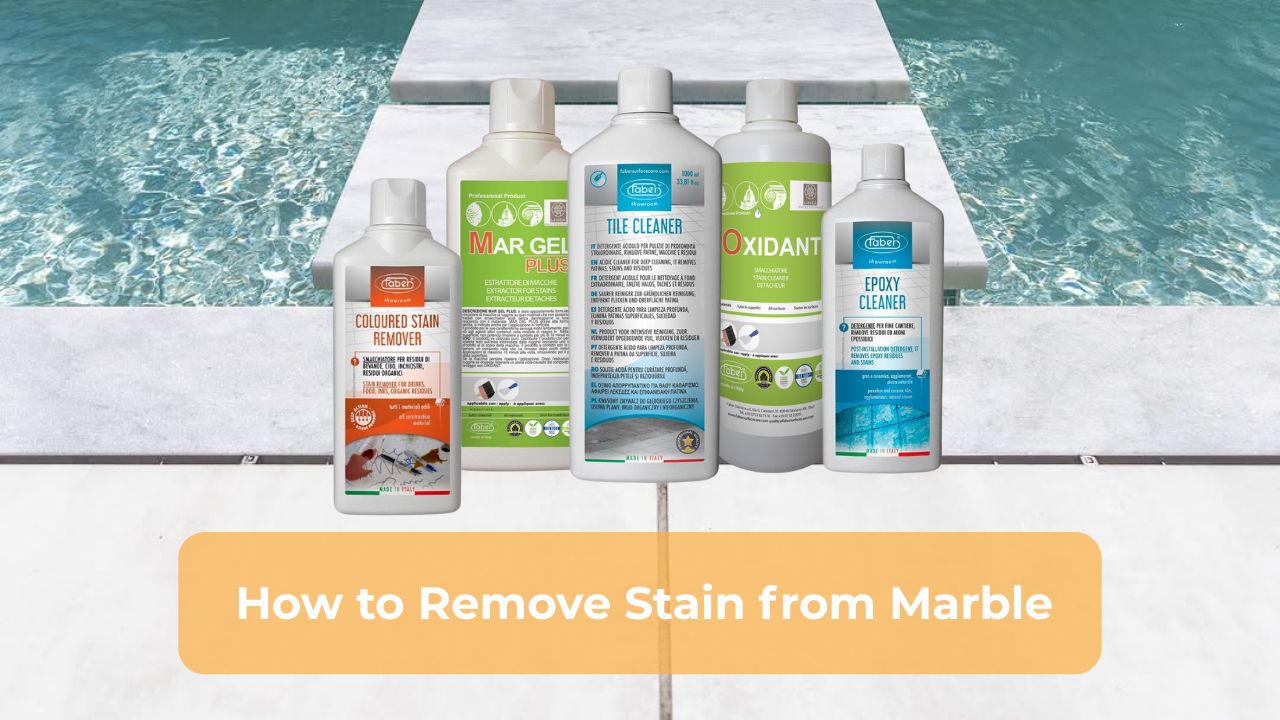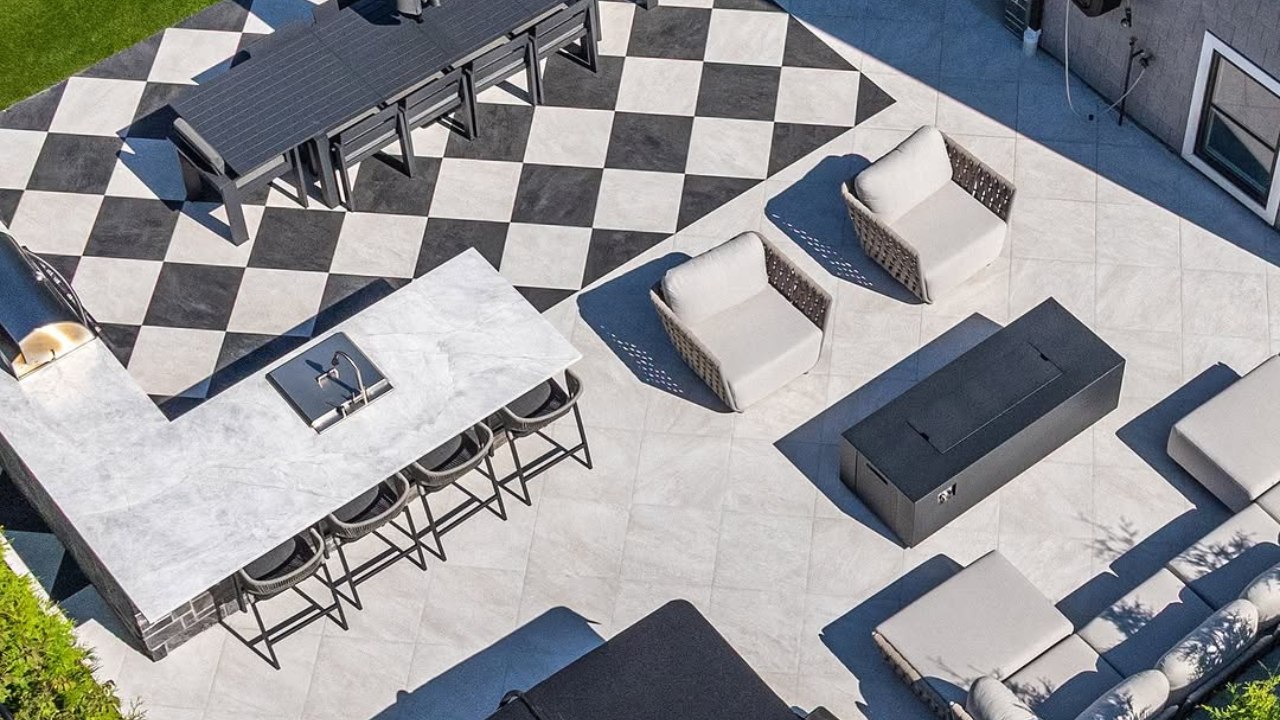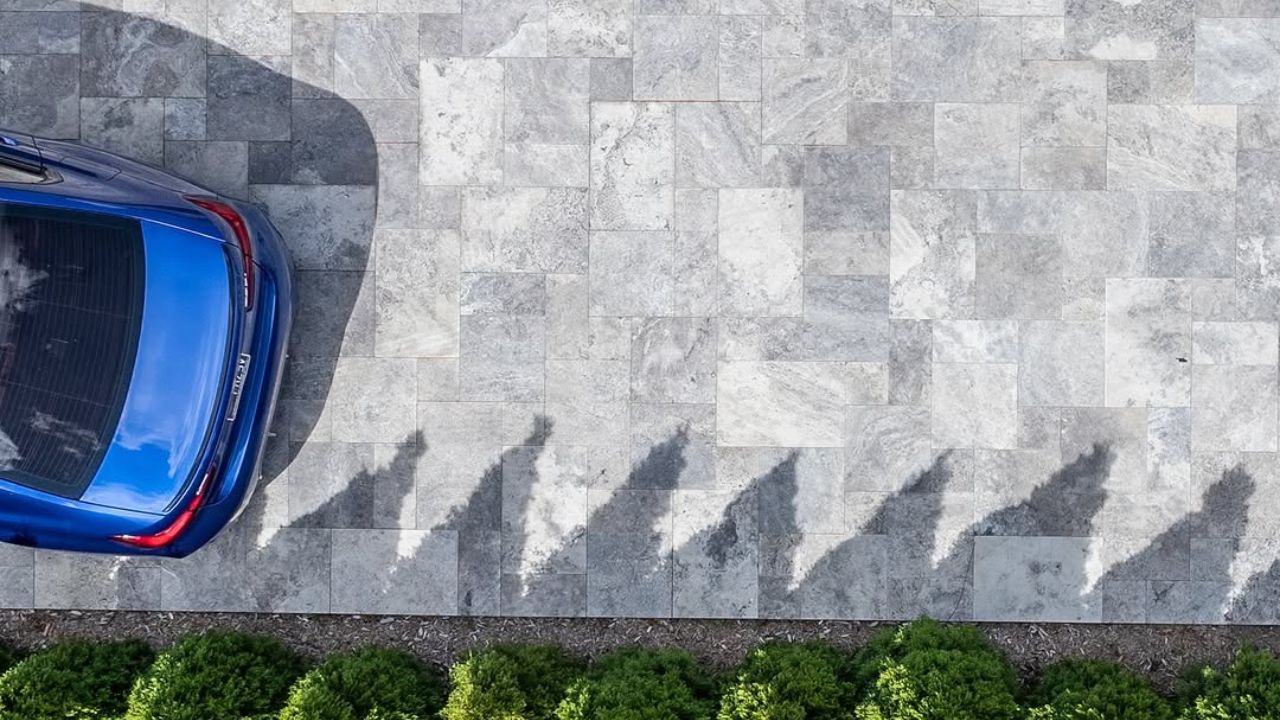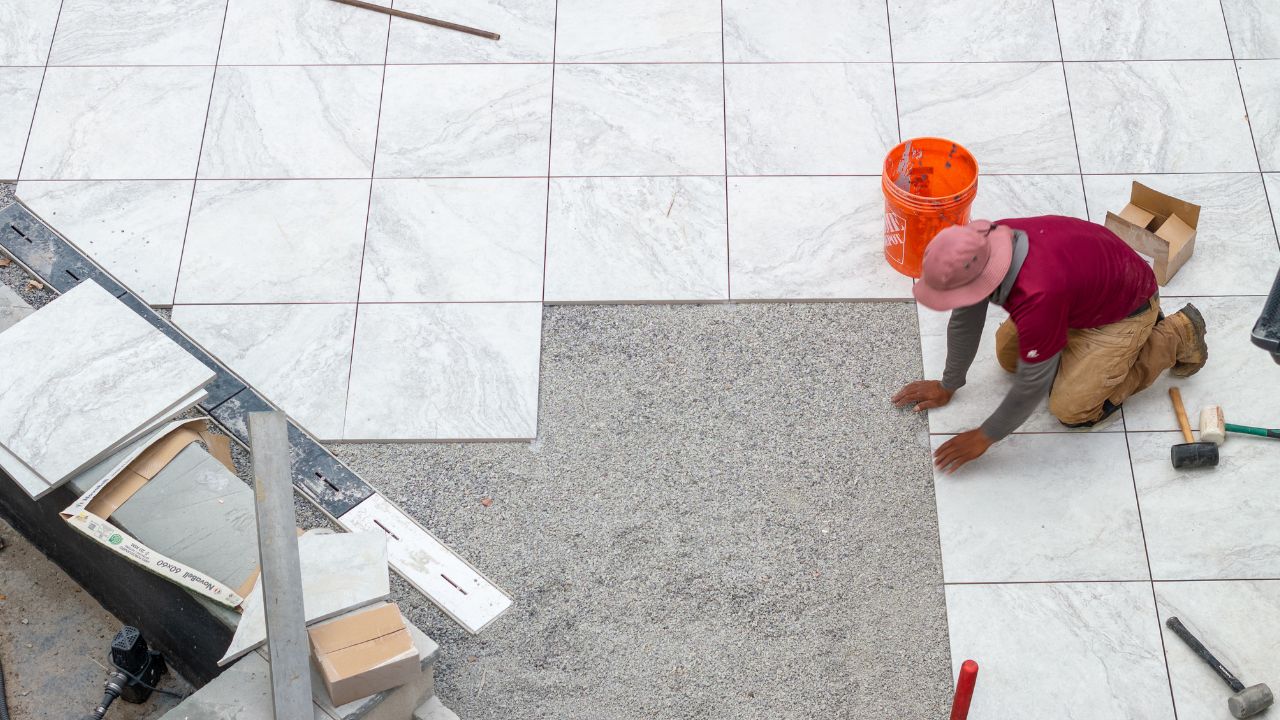Travertine pavers and Travertine tiles are one of the most common yet popular choices to create an outdoor patio space. However, Paver installation in outdoor areas like a patio can be tricky for DIY starters. From collecting the right tools to base prep and sealing, every step is crucial when it comes to installing outdoor patios. Here is the complete guide regarding travertine installation for outdoor patios.

Materials Required To Install Travertine
- Travertine pavers or Travertine tiles
- Crushed gravel (¾” road base)
- Bedding sand or mortar (depending on method)
- Polymeric sand or grout
- Landscape fabric (optional)
- Sealer (penetrating, for natural stone)
- Edge restraints (for dry set method)
Tools Required To Install Travertine
- Plate compactor
- Rubber mallet
- Wet tile saw
- Screed board or level
- Trowel (for mortar method)
- Push broom
- Garden hose
Step-by-Step Guide To Install Travertine For Outdoor Patios
Here is our step-by-step guide for installing travertine tile or pavers for your outdoor projects, like a patio.
1. Prepare the Base
One of the most important parts of installing travertine tile in outdoor areas is preparing the base. A well-structured base will assure you a stable surface and prevent paver/tile shifting over time. Start by:
- Use stakes and string to outline the layout of your patio.
- Dig 4′ – 6′ inches deep for dry set or 6‘ – 8‘ inches for wet set
- Remove all roots, debris, and loose soil so the surface will be better prepared for further work.
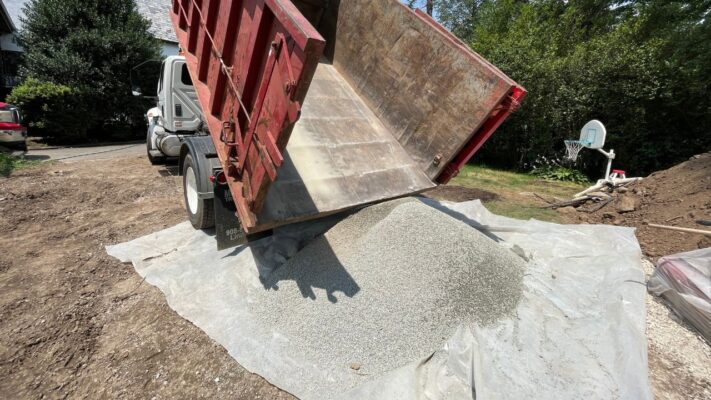
2. Choose the Right Base Method
Selecting the right base method depends on the project type, such as DIYers mostly work with dry set methods because of less complexity and technical work. It is mostly used to place material on the base without adding set mortar or concrete. Commercial projects often opt for the wet set method, where fresh mortar or concrete is used for 100% coverage.
Dry Set Method (Flexible Base)
- Opt for crushed gravel and spread 4 4-inch of layer, then compact it thoroughly with a plate compactor.
- Weed growth under the pavers is inevitable over time, so you can install the landscape fabric, which will prevent it.
- Place 1–1.5 inches of bedding sand over the compacted gravel.
- Use a board or pipe to screed the sand to create an even depth.
Wet Set Method (Rigid Base)
- After excavation, form the area and pour a 4′ 6′ inch concrete slab with proper slope (1/4 inch per foot).
- Use rebar or steel mesh.
- Wait for the slab to cure for at least 48 – 72 hours before laying travertine.
- Make sure the surface is clean and a little damp before applying mortar.
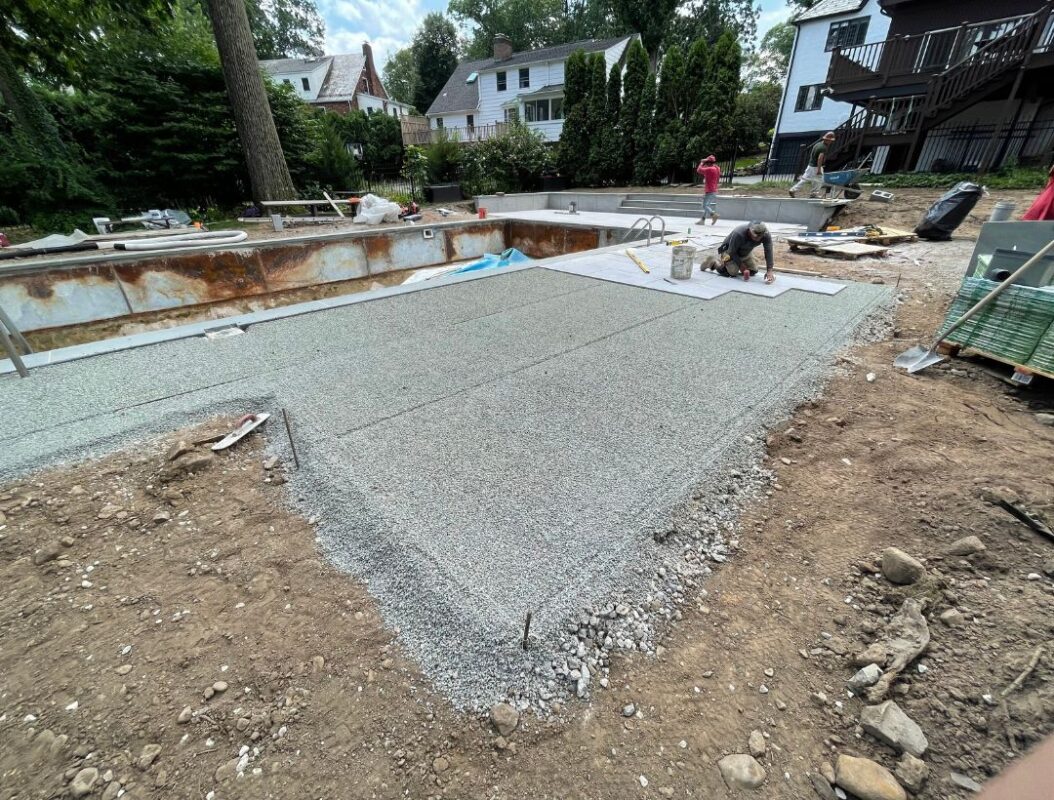
3. Lay the Travertine
Now start laying pavers on the base. Keep in mind that travertine laying methods would be different for the desired method.
Dry Set
- Lay the pavers from a straight edge or corner.
- Place each stone onto the leveled sand.
- Align the level while placing the pavers by gently tapping them with a rubber mallet.
- Keep the joints tight (1/8”–1/4”) between each piece.
- Use a wet saw to cut stones at the edges.
Wet Set
- Use a notched trowel to apply a thin set mortar to Apply thin-set mortar to the concrete slab.
- Lay tiles into the mortar bed and press firmly.
- Keep the joints consistent with the spacers.
- Check the level frequently and adjust as needed.
- Let the mortar cure for 24–48 hours.
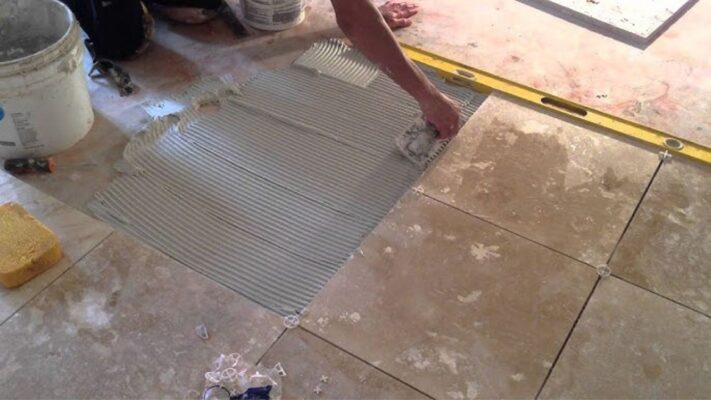
4. Fill the Joints
The polymeric sand is recommended to be used for filling the joints.
Dry Set
- Spread the sand on the travertine tiles and use a soft broom to sweep it into the joints.
- Compact lightly
- Mist the sand lightly to activate the binding agent in the sand.
Wet Set
- Let the mortar fully cure before applying sand.
- Use a float to apply sanded grout.
- Wipe excess grout with a damp sponge.
- Wait for 24 hours so the grout will be dry for sealing.
5. Seal the Travertine
Wait for at least 24 hours before applying Sealant to your installed travertine tiles or pavers.
- Use a penetrative sealant like Hidro SS Natural Stone Sealer to protect the travertine surface from water damage, staining, and scratches.
- Reapply the sealant depending on the area of usage.
- Outdoor patios travertine may require regular sealing every 1-2 years.
- If the area is in frequent use and has more foot traffic than consider reapplying it regularly.
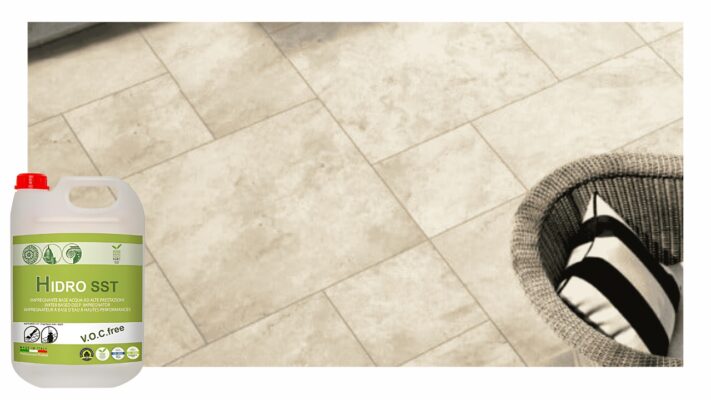
Dry Set Vs Wet Set Method for Outdoor Patio Installation?
Travertine can be installed in outdoor patios via two methods, dry set and wet set. Each method is distinctly different and has its own purpose.
| Feature | Dry Set (Sand Base) | Wet Set (Concrete Base) |
| Base Material | Compacted gravel + sand | Concrete slab |
| Bonding Method | No adhesive | Thin-set mortar |
| Drainage | Excellent (water drains freely) | Controlled with slope and drain |
| Movement & Flexibility | Slight movement possible | Rigid; less tolerant to shifts |
| Recommended For | DIY-friendly, flexible installs | Long-term/permanent installations |
If you are looking for flexibility and ease of installation, then the dry set method is an ideal choice. However, if you prefer permanent installations for long-term usage, then the wet set method should be chosen.
How To Maintain the Travertine Patio Pavers and Tiles?
Once you have installed the travertine in your outdoor patio then make sure to follow a simple maintenance routine. Though travertine is generally a low-maintenance material, keep in mind that the maintenance routine will increase its longevity and keep its natural look intact for years. Here is travertine maintenance tips.
- Sweep debris regularly. This debris may scratch the surface over time once it accumulates. So sweeping regularly is important.
- Hose down with clean water to remove any dust and dirt buildup. It is recommended for outdoor patios even when travertine is sealed.
- Avoid acidic or bleach-based cleaners. Like most natural stone surfaces, acidic cleaners or liquids will etch and damage the surface. Always use a pH-neutral cleaner.
- Reseal periodically to keep its natural luster intact. It will also prevent staining and water damage to the surface.
- Refill sand (dry set) or inspect grout (wet set) yearly to prevent tile shifting over time.
If your patio starts to lose its color, shine, or structural integrity, it might be time to consider travertine restoration to bring it back to life. A proper restoration can deep clean, repair, and reseal the surface for a like-new finish.
FAQs About Travertine Installation in the Outdoor
Here are some of the most common questions about travertine installation in outdoor patios answered.
What is the difference between the dry set and wet set method?
Dry set methods use gravel without mortar, and it is flexible and diy friendly. The wet set method uses mortar over concrete, is stronger, and offers more permanent results. It requires professional skills.
Do travertine patios need edge restraints?
Yes, especially in dry set installations. Edge restraints prevent pavers from shifting outward due to heavy foot traffic or seasonal movement.
Can travertine be laid directly on soil?
No, it is recommended to opt for a compacted gravel base (dry set) or a concrete slab (wet set) for better strength and paver shifting prevention.
How thick should travertine pavers be?
For dry set, the travertine pavers should be 1.25” or thicker. Travertine tiles for wet set should be 0.5” thick and must be installed on concrete with mortar.
What pattern is popular for a travertine patio?
The most popular is the French pattern (also called the Versailles pattern). You can also opt for stack bond and running bond are easier for beginners.
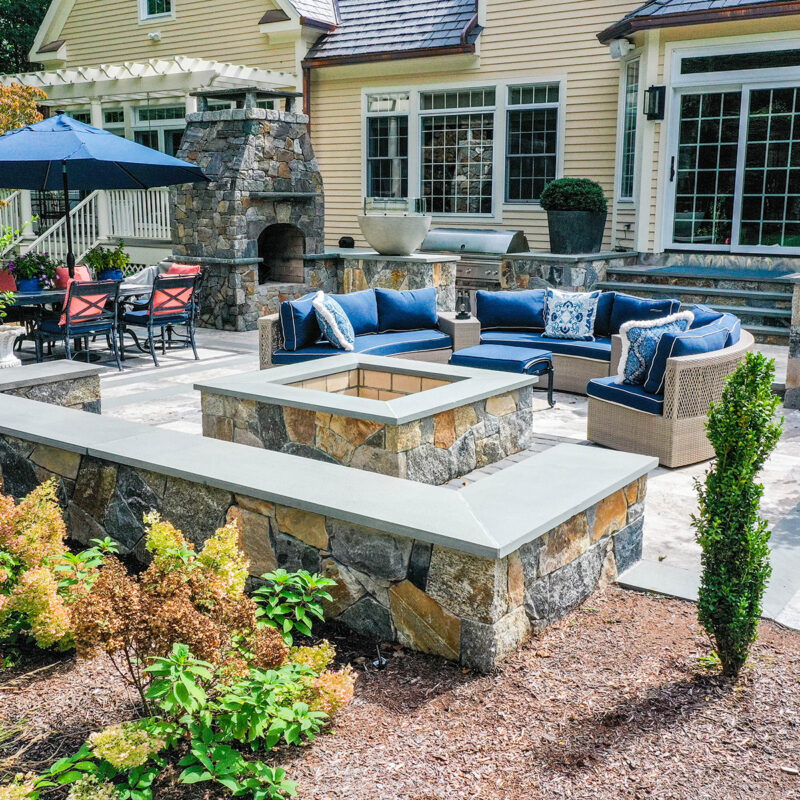
Conclusion
Installing travertine in outdoor patios can be a rewarding project. By selecting the right tool and material, choosing the right method between the dry set and wet set method, you can start an easy travertine patio paver installation. Lay stone carefully, fill the joints properly, and always seal the surface to enhance its lifespan. When travertine is installed with care and properly, it can last longer, offer a stable surface for your patio, and create the best-looking outdoor space for years to come.

